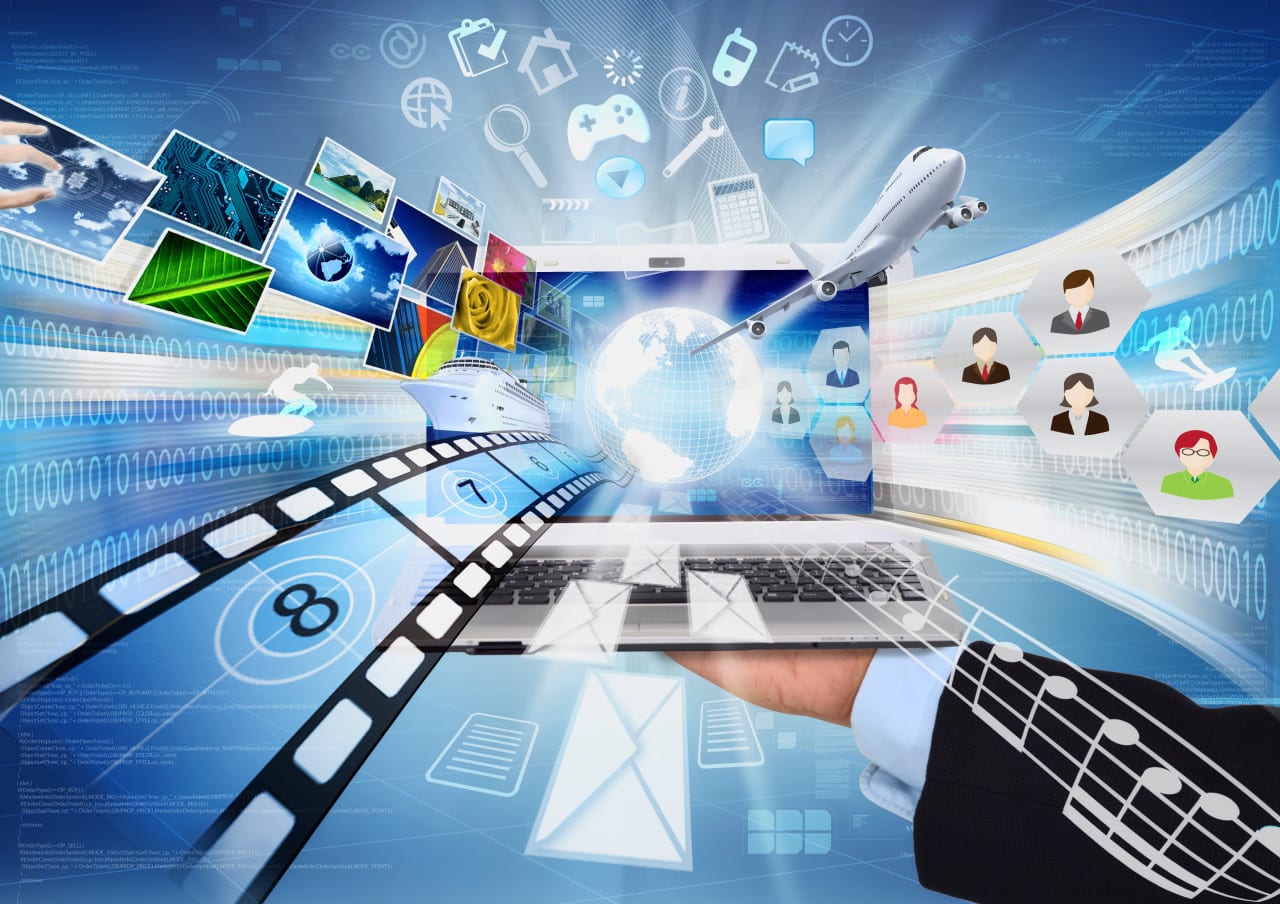Multimedia: A word that means different things to different people. Would you be able to explain exactly what this word means? Maybe. Would the person next to define it the same way you would? Probably not.
Let’s break it down.
Multimedia refers to content that uses a combination of different forms: text, images, animation, audio, video or other interactive content. Sometimes these content forms overlap to create a much more memorable and exciting experience.
What implication does this have for experiential marketing?
Traditional marketing is struggling in this ever increasingly competitive environment. Firms now have to find a marketing edge that is important and impactful. Companies that have not yet adopted multimedia as part of their marketing mix will fail. Using multimedia allows individuals and companies to show-off their products in new and exciting ways.
Take Factory 360’s use of the green screen in photo activations. For our client, Moet & Chandon, we’ve designed a beautiful background that compliments not only the product, but the consumer as well. With our own in-house photo application and green screen technology, we’re able to create a likeable and more importantly shareable image that can be placed on Instagram, Facebook, etc. This is one of the many innovative ways to creatively gain consumer interest.
Another innovative company is changing the way tech conferences are executed. Industry conferences are often known for being pretty boring. They’re not known for earth-shaking technological breakthroughs.
Take a look at Apple’s Worldwide Developers Conference (WWDC), held in California each year for the purpose of showcasing Apple’s new software and technologies for developers. Apple has changed how technology conferences are run. This conference sells out within days of announcing at around $1,500 a ticket. Within the last few years, Apple decided to live webcast the WWDC, turning this once local conference into a worldwide phenomenon. Multimedia brought the event outside the four walls of the convention center into screens around the world.
That’s the genius behind the WWDC. Apple created an important moment in time. It was accompanied by countless online impressions, shared by millions. Anytime Apple releases technology it does change the world in ways we can’t imagine. In a way, if Apple didn’t use this technology to be able to share and make these conferences interesting- they would lack the excitement that they had today.
Experiential marketing is an opportunity for consumers to interact with your brand in a way that creates a personalized and memorable experience. Experiential marketing often takes the shape of a live event where the host or brand ambassadors engage directly with customers, stimulating multiple senses and emotions in order to create a lasting connection. If you are able to create this memorable event, you will most likely get organic traffic to the brand. You will have people talking about the event for days, weeks, or even months if you’re successful after each of these events. To do this, you must be savvy, able and willing to incorporate all types of technologies into the events.
If people are interested in the events and for some reason can’t make it, why not make it possible for them to sit at home or in their office and still experience the activation? It’s the creative use of multimedia in this way that creates a successful event. Today, people don’t need to be physically there to experience the event.
Multimedia technology has raised the bar. Sure, a sold out event is great news, but now there are other more important ways of measuring an event’s success. How many times was the event shared online via impressions, regrams, retweets, hashtags, website hits, pictures taken, etc.? These are all very important measurements of a successful (or disastrous) event.
At the end of the day, marketers can no longer rely on attendance numbers as the end-all-be-all of success. In many ways, the most successful measurement of success happens outside the event’s four walls.


